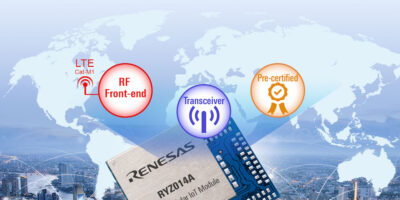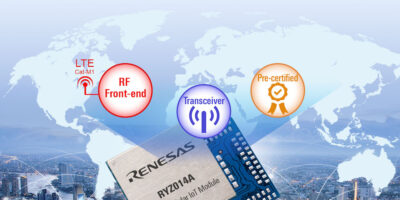Swedish auto technology leader NIRA Dynamics, a company within the Volkswagen Group, has signed an agreement with Global Weather Corporation (GWC), for its road condition services for the automotive industry.
The partnership will allow improved road condition services for autonomous vehicle functions, says NIRA.
GWC’s RoadWX data services predict atmospheric weather and road surface conditions over two phases.
The first is rain or snow falling, making the road wet or snowy, the second phase is when the rain or snow has stopped and the road begins to dry. Ignoring the second phase, warns, GWC, can mean forecasts can be wrong over many hours.
GWC employs an atmospheric forecast and a physics-based model of the road to compute how the road conditions respond initially to rain or snow, and how/when the road freezes or dries after rain or snowfall ends to forecast road weather events.
RoadWX data service combines atmospheric forecast with GWC’s RoadWeather road physics model for road weather forecasting. There are two critical modelling steps, beginning with atmospheric forecast technology and the RoadWeather road physics model, which uses radiation transfer algorithms to compute road surface temperature using current weather and road state history as inputs.
It is configured to account for road type, traffic volume, and winter treatment level.
NIRA Dynamics says it is spearheading the next generation of connected car technology, preparing drivers for adverse weather or road conditions, reducing crashes, and improving safety with data from connected vehicles and weather and road predictive analytics in a map with a friction map layer which will help municipalities better manage roads during extreme weather. It will also allow driver
assistance systems access to road conditions for enhanced safety, improve tyre performance, and ensure navigation systems can take road conditions into account.
The number of connected vehicles with NIRA algorithms is growing rapidly and will reach 1.7 million during 2021, reports NIRA Dynamics. By adding the weather data from GWC, the NIRA/GWC combination will provide industry-leading road surface monitoring, including prediction of future road state, says the company.







